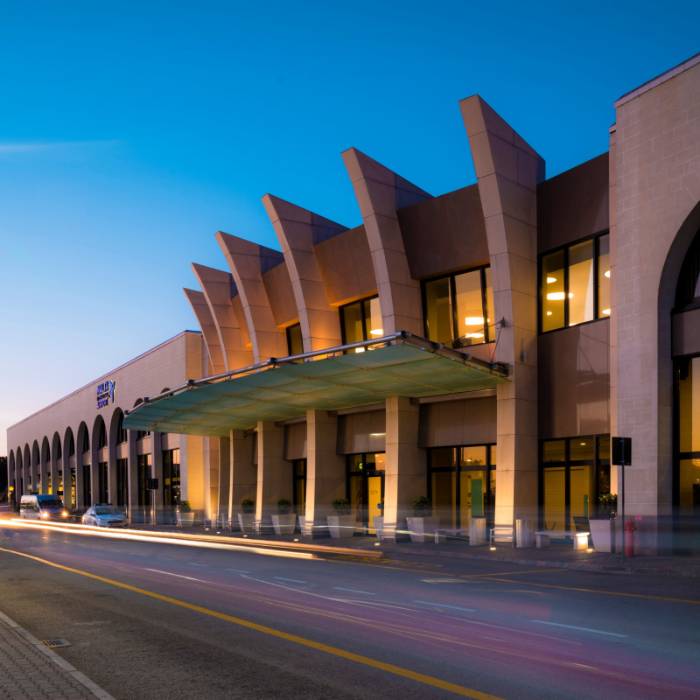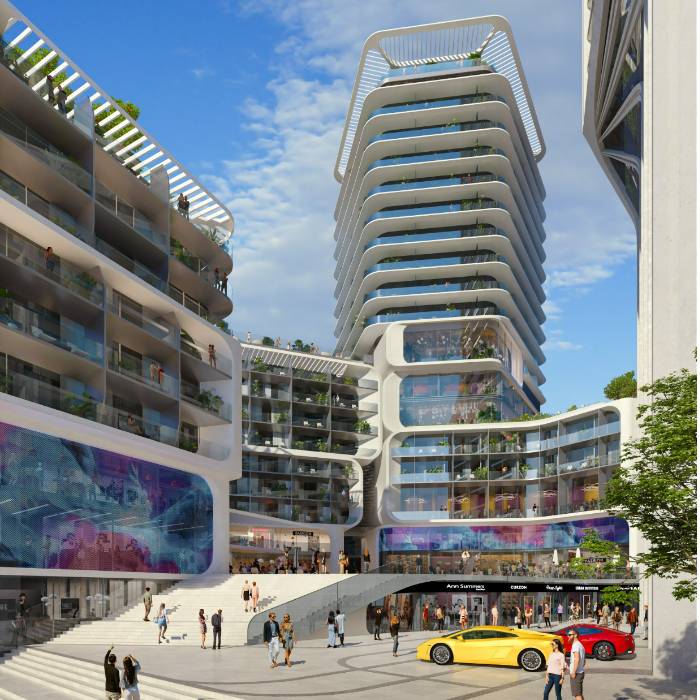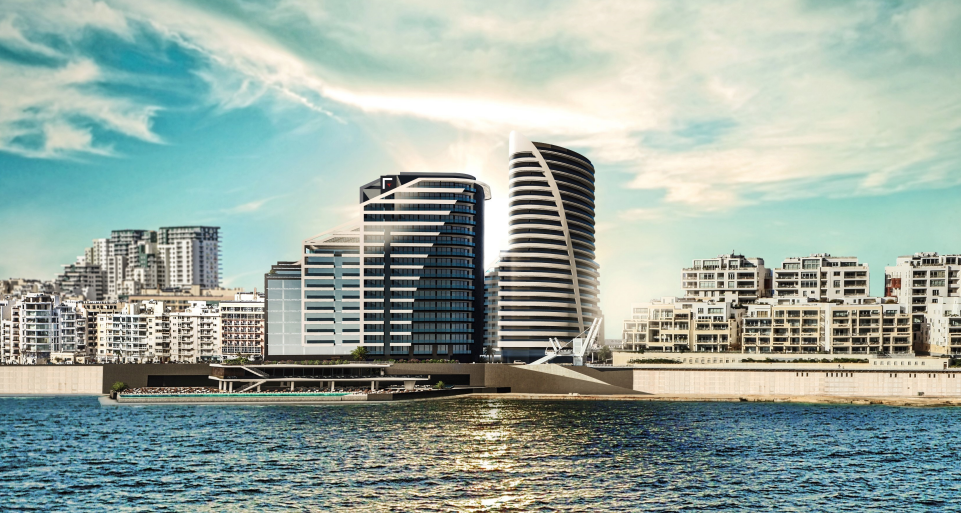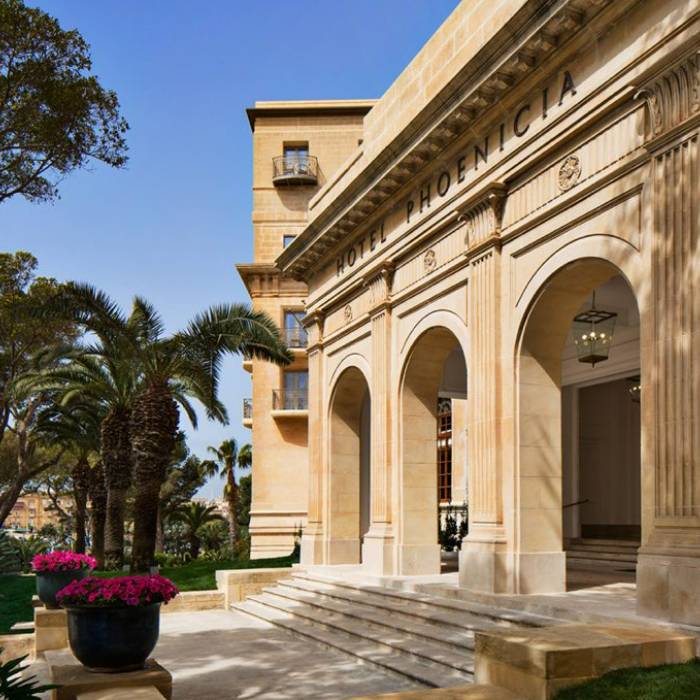Balluta Buildings: One of Malta’s last few exhibits of Art Nouveau architecture
St Julian’s has been a hub for construction and staggering development in recent years, with residential blocks, hotels, catering establishments and retail stores now dominating its landscape.
However, a deep dive into the seaside town’s past shows that away from recent developments, St Julian’s has a rich history, perfectly characterised by the iconic Balluta Buildings.
Located in the area overlooking Balluta Bay, Balluta Buildings is an apartment block that was built in 1928 in the Art Nouveau style for the Marquis John Scicluna. Constructed to the designs of Maltese Architect Giuseppe Psaila, it is one of the finest, and last remaining examples of the architectural style in the Maltese Islands.
While Mr Psaila had worked on various other buildings in the Art Nouveau style, including a townhouse on Dingli Street, Sliema, which now belongs to Lombard Bank, Balluta Buildings is considered by many to be his greatest, and one of Malta’s most iconic buildings.
The block used to house some of Europe’s most beautiful and captivating apartments at the time, with high ceilings, spacious living areas, Maltese tiles, and also stunning sea views.
Comprised of three vertical structures each containing arched openings at the centre, together with rows of double windows on either side, the block’s façade is truly indicative of the elegance that characterised the wealthier communities of the early 20th century.
When first built, most of the apartments were occupied by Marquis Scicluna’s associates, with some of the tenants’ heirs still occupying the apartments to this day. At the block’s street level, there are some cafés and restaurants, including recently-opened L’Antica Pizzeria Da Michele Malta.
Balluta Buildings has undergone renovation over recent years, with various sections of its façade and interior requiring restoration.
Classed as a Grade 1 monument, meaning it is of particular national, architectural and historical importance, and listed on the National Inventory of the Cultural Property of the Maltese Islands, Balluta Buildings truly stands out as an architectural gem amongst St Julian’s mountains of concrete.








